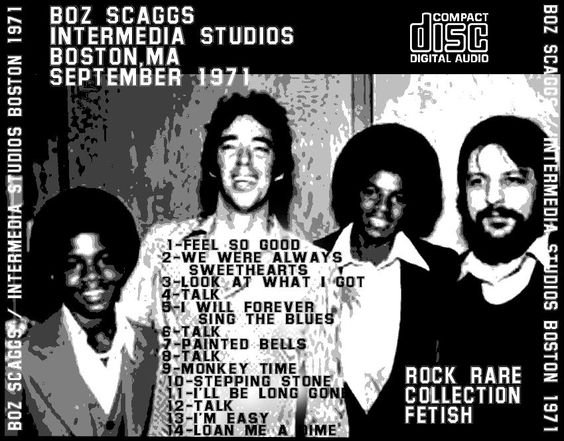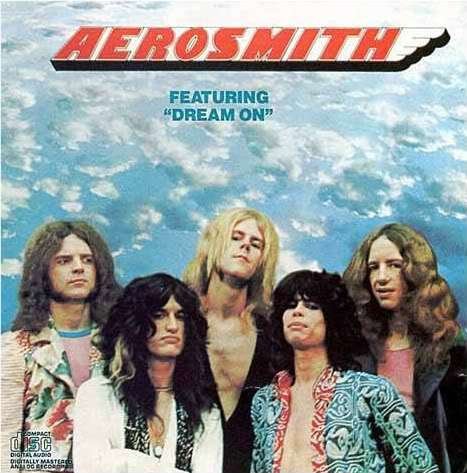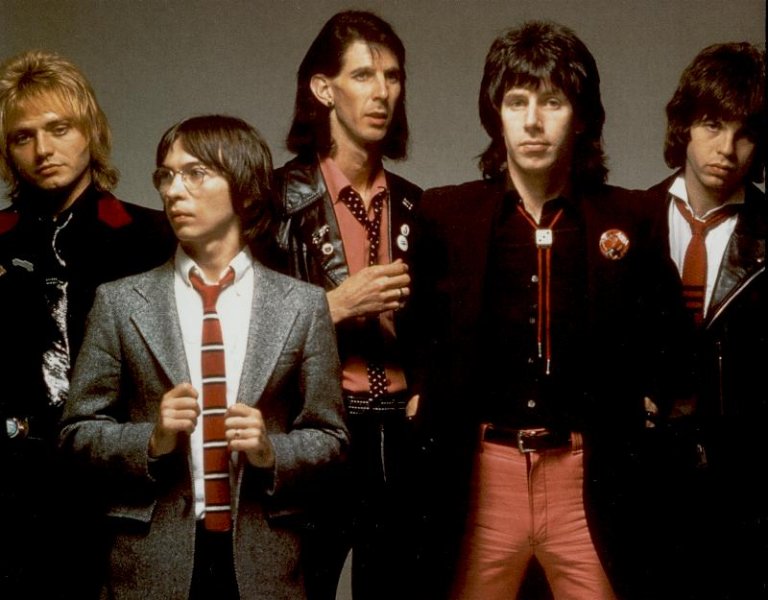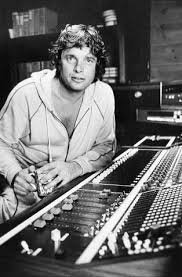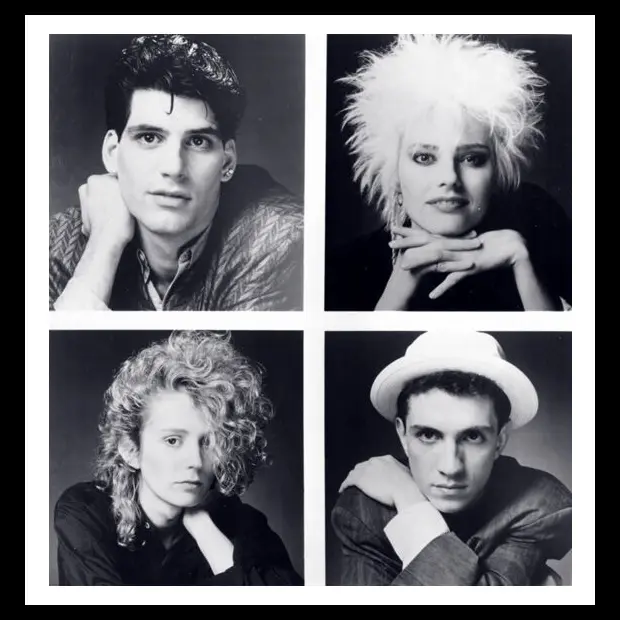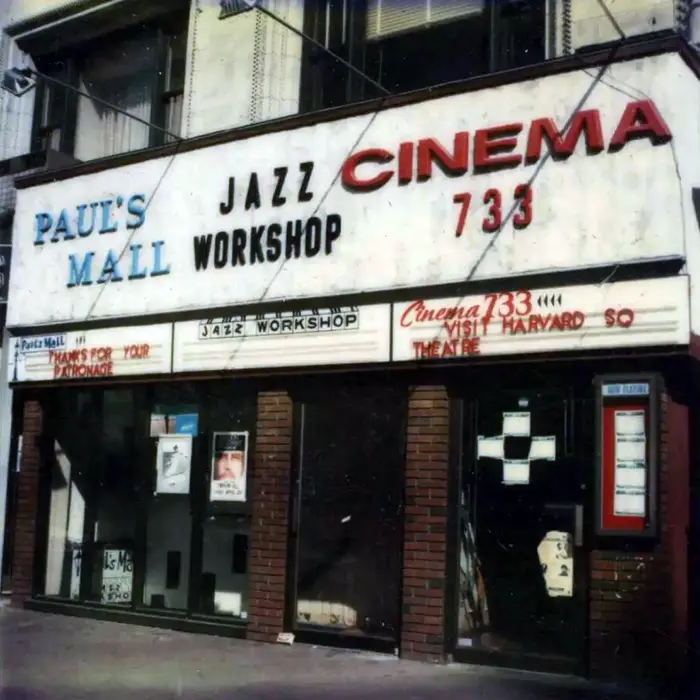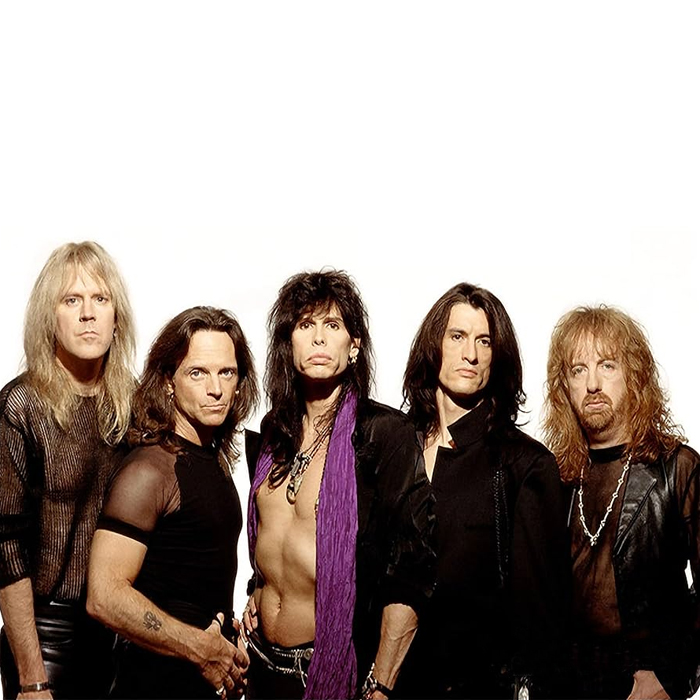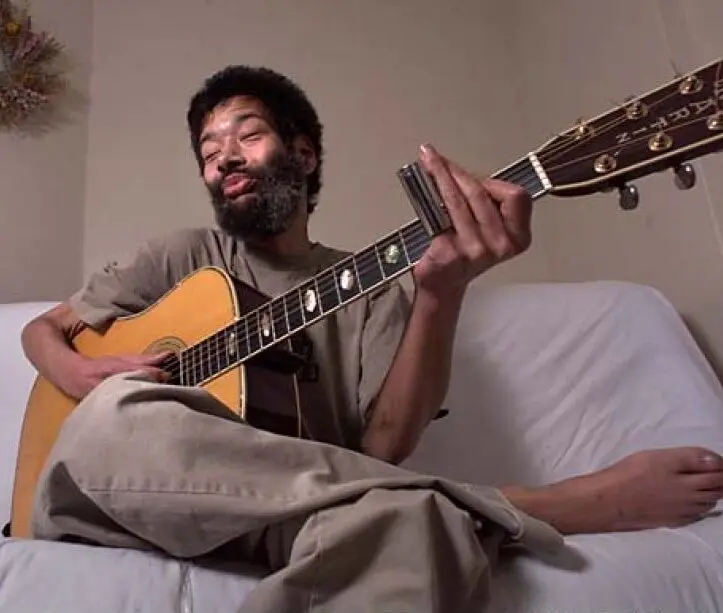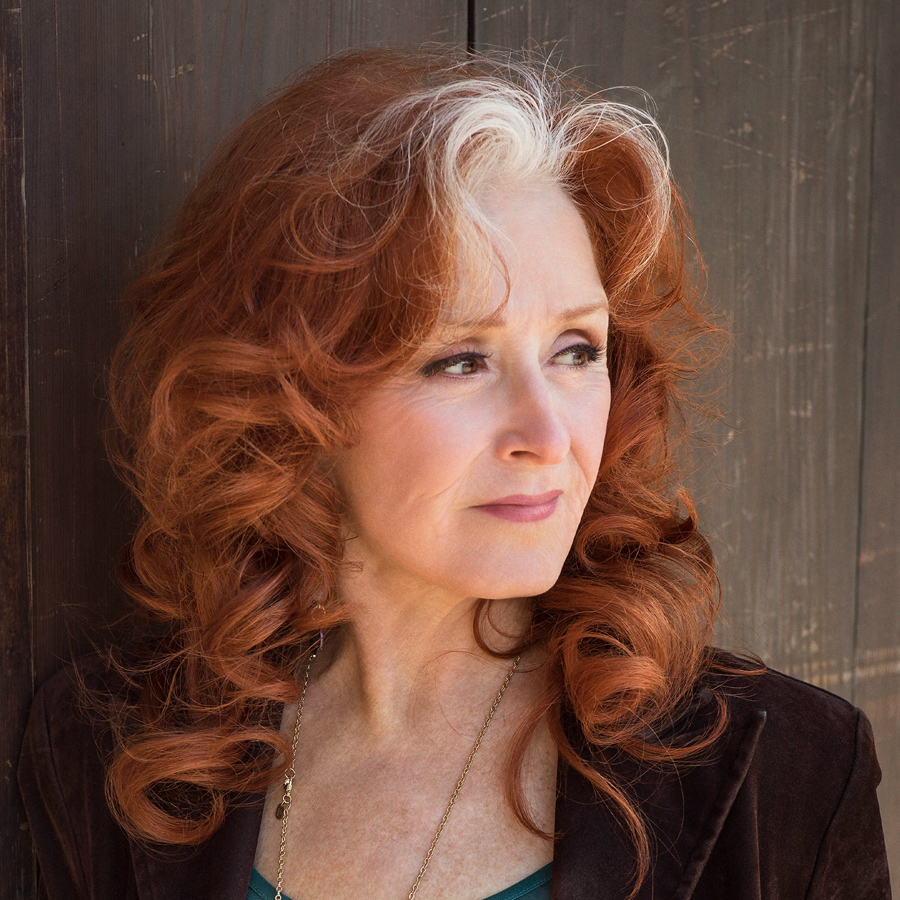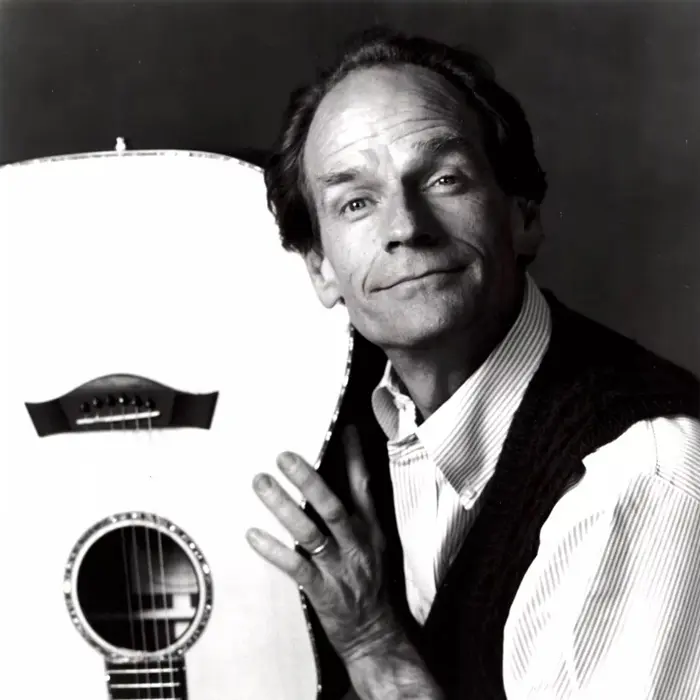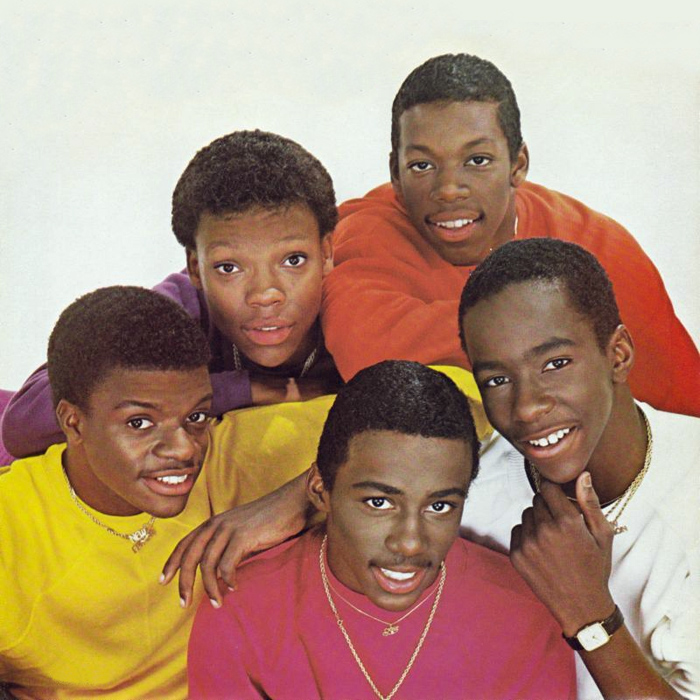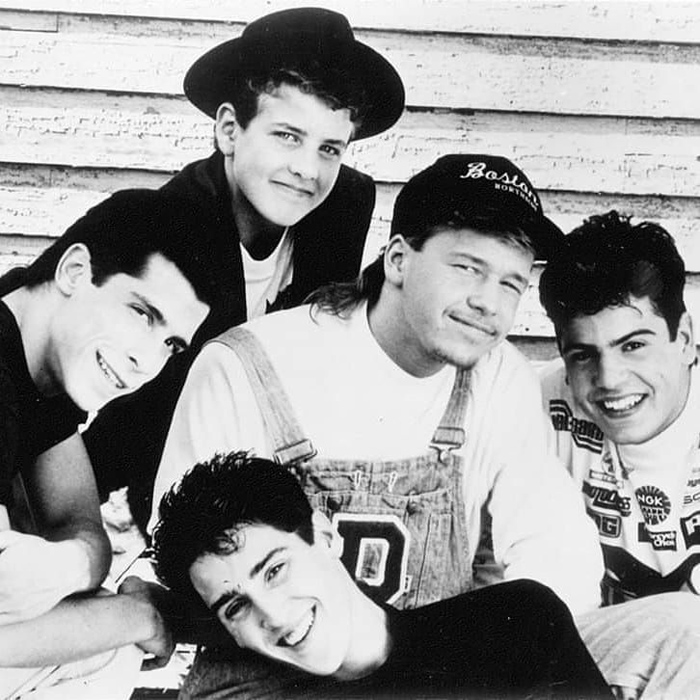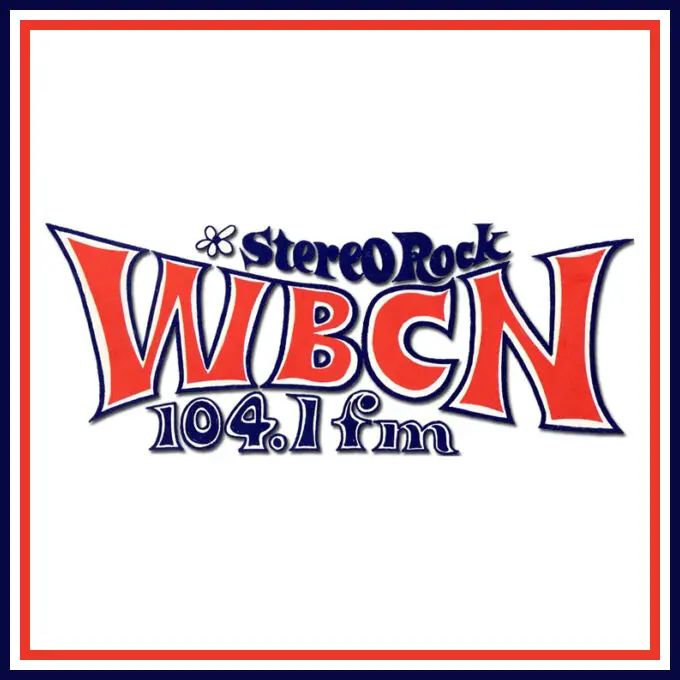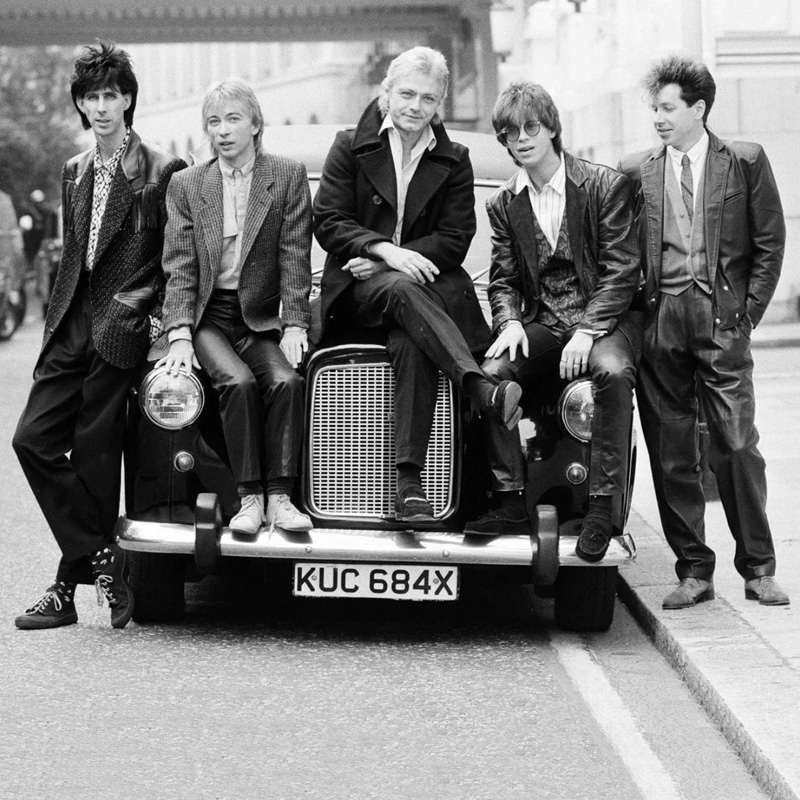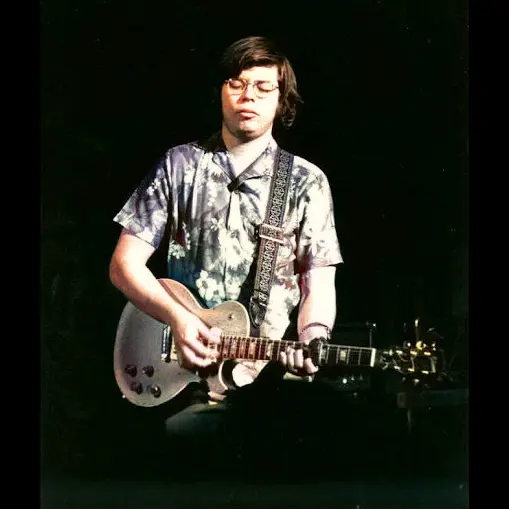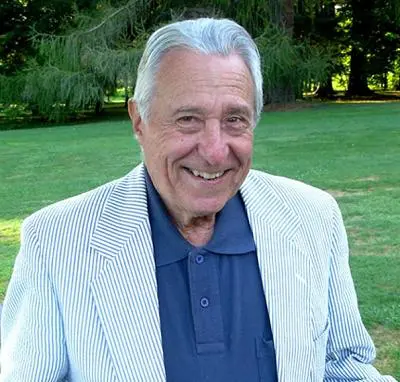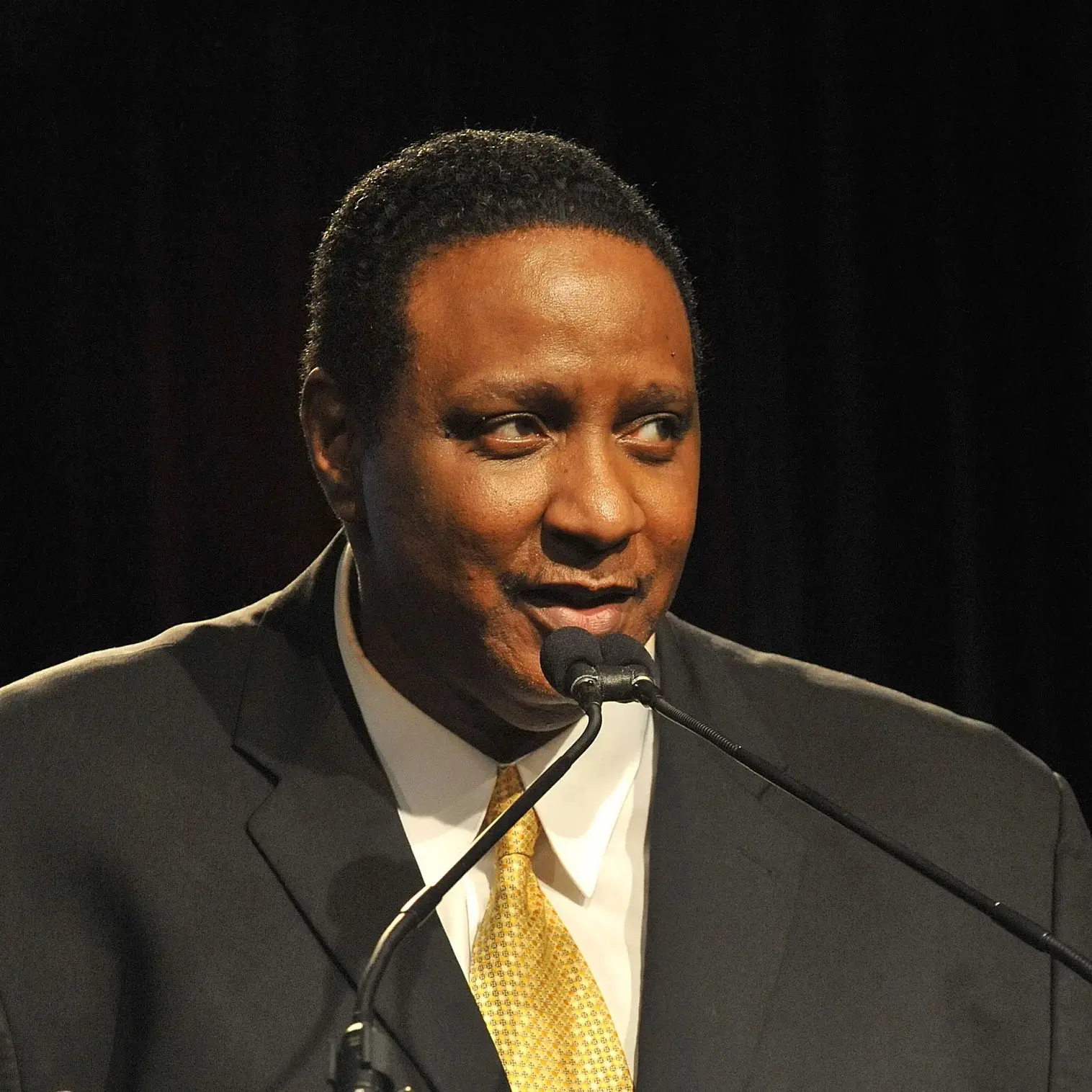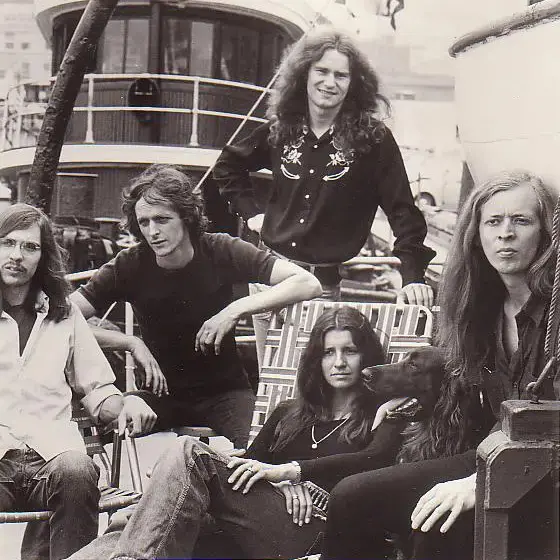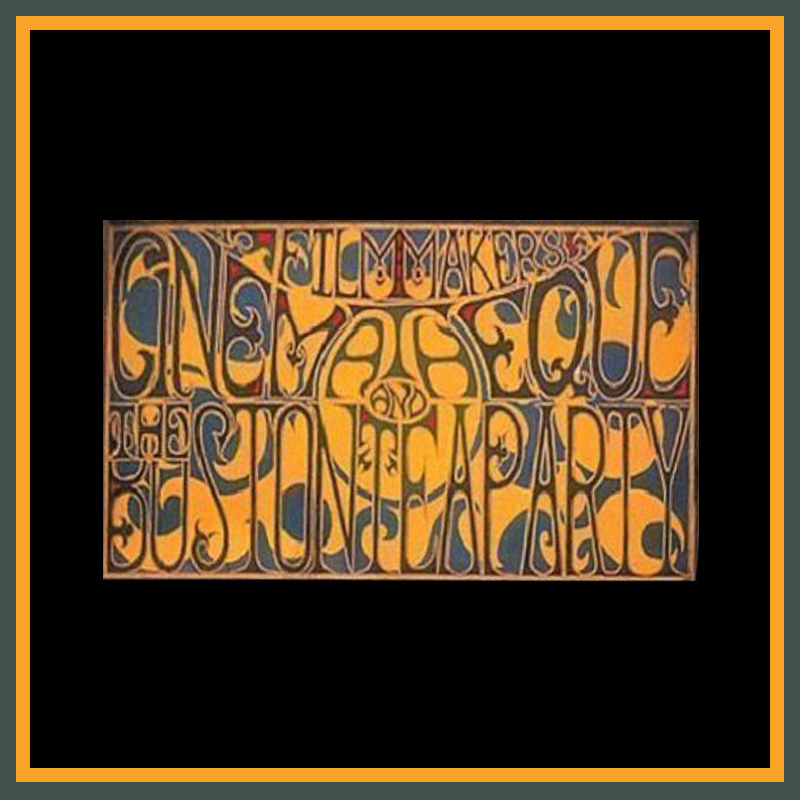Intermedia Sound Studios
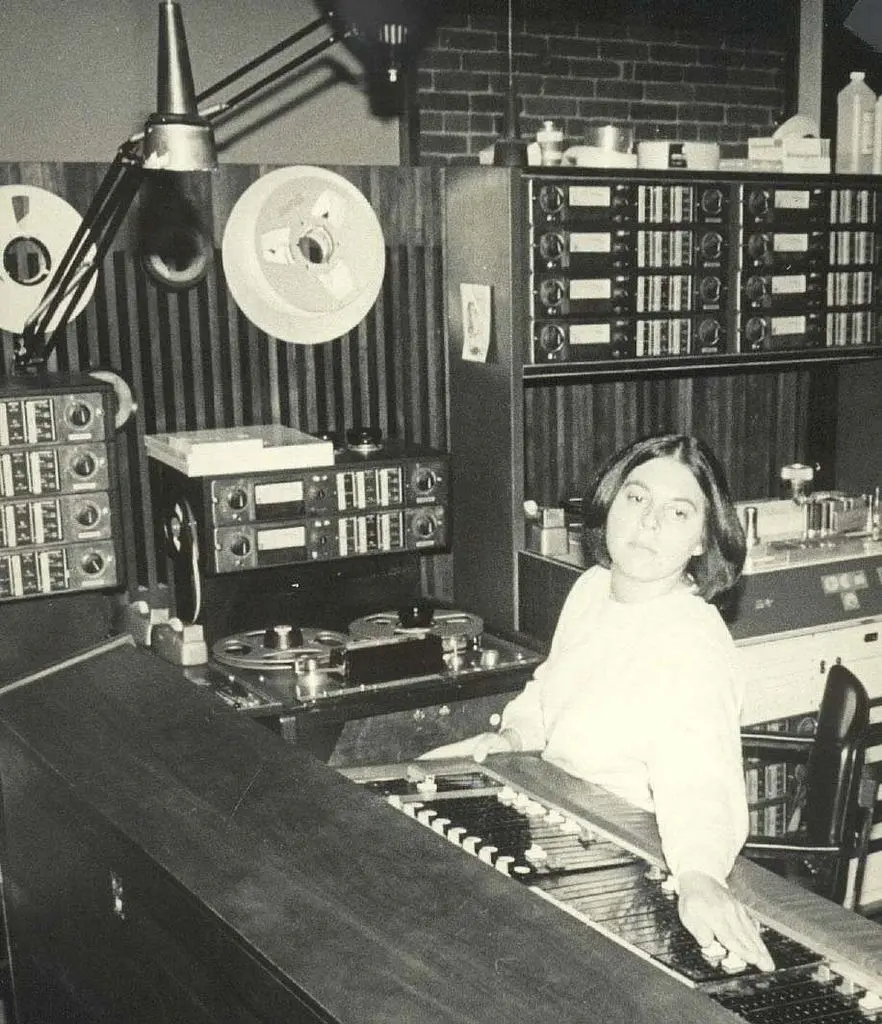
For the multitudes of folks that walk down Newbury Street on a daily basis, number 331 just looks like another address on Boston’s busiest shopping thoroughfare. However, behind the current storefront lies a deep history and an important musical connection that helped shape the music scene in Boston and provide the space for some classic albums by artists known to all music lovers.
Intermedia Sound Studios opened in 1971 and was the early home of original broadcasts from the legendary WBCN. The FM station had high-quality stereo lines connected to Intermedia and broadcasted shows featuring artists such as Jerry Garcia, Canned Heat and Loggins and Messina. Fred Taylor’s Paul’s Mall on Boylston Street had stereo lines for broadcasts of this nature as well.
During these early broadcasts, local artists would often stop by and hang out, which turned out to be a harbinger of the studio’s future. The radio exposure helped the studio gain publicity and up-and-coming artists, bands and sound engineers cut their teeth inside its soundproofed walls in the ‘70s, developing new recording methods and techniques. Intermedia’s 16-track equipment and unique design that limited ambient noise were absolutely state of the art at the time.
NOTABLE 1970S RECORDINGS
Throughout the 1970s, the creative diversity inside Intermedia was nothing short of remarkable. In late 1971, Boz Scaggs recorded a 14-song collection at the studio and in 1972 Aerosmith recorded their eponymous debut album there, which Columbia released in January 1973. The comedy duo of Cheech and Chong recorded their 1976 album Sleeping Beauty at Intermedia. Hyannis native Paul Pena cut albums there, produced by Ben Sidran, who was also producing The Steve Miller Band at the time, and Pena contributed his song “Jet Airliner” to Miller; it hit #8 in the Billboard Hot 100 in 1977.
In 1971, Bonnie Raitt used Intermedia for mixing and overdubs of her debut album and Livingston Taylor, among others, did live-mix recordings that were delay broadcast on WCAS-AM in Cambridge at the studio. Production mastermind Maurice Starr, the man behind New Edition and New Kids on the Block, recorded at the studio early in his career. In between gigs at The Boston Tea Party and the free music in the park series they started in Cambridge, Ill Wind also took part in live broadcasts from the studio. Many Intermedia-made recordings by local and national acts were not released by record labels for one reason or another.
THE CARS, SYNCHRO SOUND STUDIOS, NOTABLE 1980S RECORDINGS
Fast forward to 1981, when Boston’s own The Cars bought the aging studio in an effort to bring bands to Boston and to keep the musician-driven vibe of Intermedia alive. They wanted to create a studio that was truly a “musicians place,” said Ric Ocasek, the band’s iconic frontman. “It’s the sort of place where people talk about music, meet other people,” he said in 1983. “It’s a place to get updated in.”
When The Cars bought the studio, it was in tough shape and they had to deal with issues ranging from an outdated control room to heating and plumbing problems. The band wound up hiring an architect to redesign the space and a construction company to totally gut and rebuilt it. They got it done and fully functional in only eight months. The new owners renamed the place Syncro Sound Studios and the studio attracted both local and national acts. The Cars’ members themselves had solo projects they produced at Syncro in addition to recording their fourth album, Shake It Up, there in 1981. Romeo Void, The New Models, and ‘Til Tuesday also recorded LPs at Syncro Sound in the 1980s.
HOME STUDIO IMPACT, CLOSING, LEGACY
Like most of the great recording studios of that time, Syncro’s business began to fade in the early ‘80s – almost immediately after The Cars became owners – as musicians became increasingly software savvy and started to build home studios. Bands could record and complete their own production work with these new tools for a fraction of the cost of studio time. By the summer of 1983, The Cars were absentee landlords of a studio that was often empty and decidedly unprofitable. They recorded their Heartbeat City LP at Battery Studios in London between July and December that year, not at Synchro.
In December 1986, Billboard magazine announced that Syncro was closing and that the entire operation would be sold. Despite its sudden, rapid decline into oblivion, the studio’s contributions to the Boston scene over 15-odd years and the legacy left by the artists who recorded there are permanently etched in the cement of New England’s rich musical heritage. The computer- and software-driven world may have made the studio obsolete in one sense, but it couldn’t ever replace the sense of camaraderie that Ocasek mentioned. Intermedia is remembered for having a unique spirit of being with, learning from and helping artists capture the vibe from those of the same ilk. Ocasek put it perfectly; “a place to get updated in” is exactly what the cozy little studio at 331 Newbury Street was.
(by Mark Turner)

